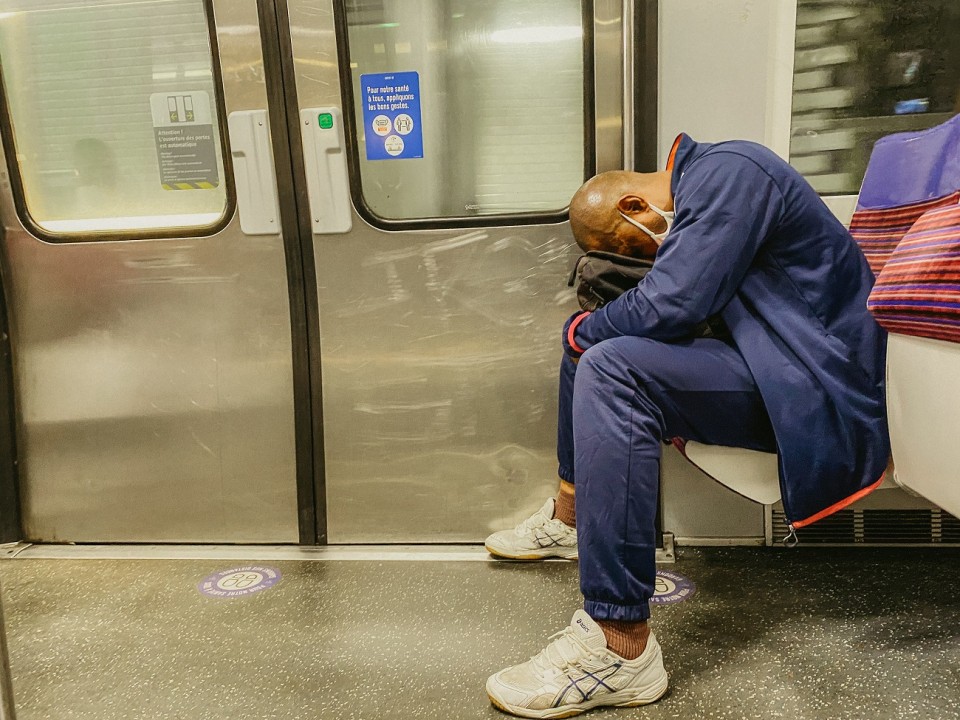My new article on Linkedin “Pandemic Fatigue – A Symptom of the Virus or a Proof of Senselessness?”
The more time passes without a vaccine or a sure cure in sight, the more impatient people are growing. They are refusing lockdown and curfew orders, congregating recklessly as if there is no virus, protesting without maintaining social distance or wearing masks, and filling up restaurants, bars, and other places of recreation.
Changing the center of our attention from the “me” to the “we” changes everything: our behavior, our caution with ourselves and with others, our attitude toward others, and even our feelings toward others. There is nothing we can’t do today that we did before; the only thing preventing us from doing it is our attitude toward others. If we change it from negative to positive, we will guarantee the health of everyone around us, and they will guarantee our own health, and then there will be nothing that we won’t be able to do. So the bottom line is this: Let’s think about each other; it’s healthy!
But the virus has not changed. If people behave recklessly, contagion increases. And indeed, all over the world, where countries and cities relax closures, infections rise again. As the tension rises between understanding that there is no end to the virus in sight, and the inability to remain in permanent lockdown, people are driven toward the breakdown point of hopelessness and helplessness. At that point, social order will collapse and mayhem will take over the streets.
Without a medical cure in sight, the only cure we have is each other. This is also the one cure we haven’t tried. It’s not that we should disobey orders to keep 6 feet apart. On the contrary, we should be very strict with our observance of health regulations, but we should also remember that this will not kill the virus. If we stay apart, infections will decrease; if we resume our connections, infections will increase. This is what’s happening now and people won’t be able to sustain this in-and-out mode much longer. In fact, they already can’t.
But what this pattern does show us is that the problem lies—in our connections. Staying apart for good is no solution, so we have to find a way to connect in a way that does not resume infections. To do that, we must reverse our thinking. Instead of thinking, “How can I protect myself from catching the virus,” we should start thinking, “How can I prevent from passing the virus to someone else.”
Changing the center of our attention from the “me” to the “we” changes everything: our behavior, our caution with ourselves and with others, our attitude toward others, and even our feelings toward others. There is nothing we can’t do today that we did before; the only thing preventing us from doing it is our attitude toward others. If we change it from negative to positive, we will guarantee the health of everyone around us, and they will guarantee our own health, and then there will be nothing that we won’t be able to do. So the bottom line is this: Let’s think about each other; it’s healthy!


No comments:
Post a Comment